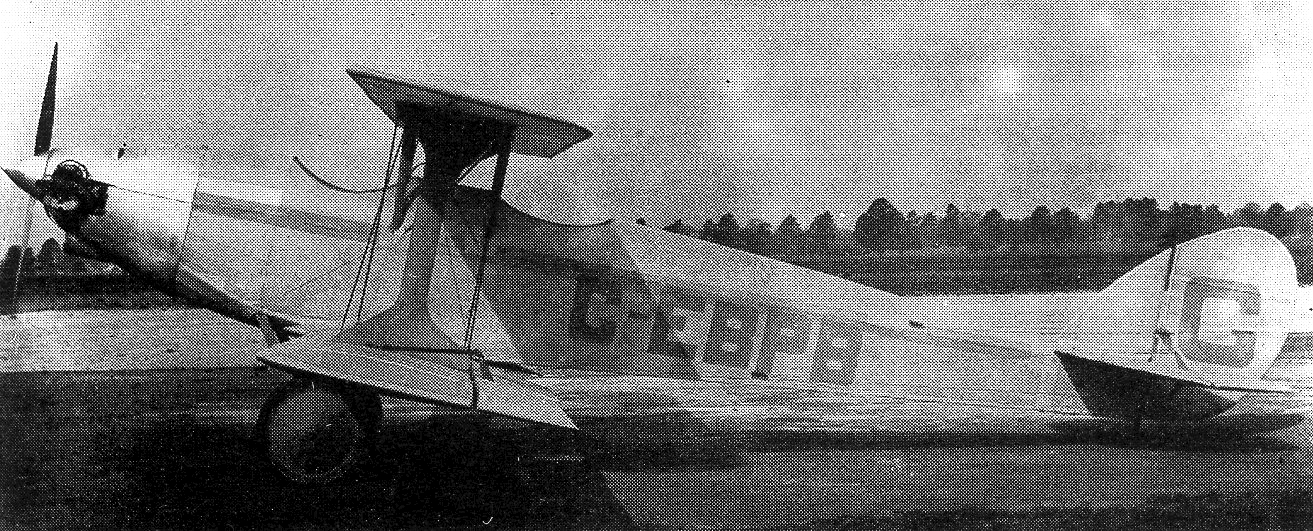Cranwell Light Aeroplane Club on:
[Wikipedia]
[Google]
[Amazon]
The Cranwell Light Aeroplane Club was formed in 1923 by staff and students of the
 *CLA.4 - Two Cranwell CLA.4s were built for the 1926 Lympne light aircraft trials, they were two-seat inverted sesquiplanes. The first aircraft was flown by Comper at the trials but was withdrawn with a damaged landing gear. The second aircraft was destroyed in a crash in March 1927.
*CLA.7 - The Comper CLA.7 Swift was designed by Comper for the Club but was built after he left the Royal Air Force by his company
*CLA.4 - Two Cranwell CLA.4s were built for the 1926 Lympne light aircraft trials, they were two-seat inverted sesquiplanes. The first aircraft was flown by Comper at the trials but was withdrawn with a damaged landing gear. The second aircraft was destroyed in a crash in March 1927.
*CLA.7 - The Comper CLA.7 Swift was designed by Comper for the Club but was built after he left the Royal Air Force by his company
RAF College Cranwell
The Royal Air Force College (RAFC) is the Royal Air Force academy which provides initial training to all RAF personnel who are preparing to become commissioned officers. The College also provides initial training to aircrew cadets and is respo ...
to design and build light aircraft. One of the members was Flight Lieutenant Nicholas Comper who became the Chief Designer. Comper and the club designed and built four aircraft with the last three types being flown.
Aircraft
*CLA.1 - The Cranwell CLA.1 was the first attempt by the Club to design an aircraft but was never built. *CLA.2 - The Cranwell CLA.2 was a two-seat single-engined biplane designed and built for the 1924 Lympne light aircraft trials. It was first flown at Cranwell at 14 September 1924 and went on to win the £300 Reliability Prize at Lympne. After the light plane trials the CLA.2 went toRAF Martlesham Heath
Royal Air Force Martlesham Heath or more simply RAF Martlesham Heath is a former Royal Air Force station located southwest of Woodbridge, Suffolk, England. It was active between 1917 and 1963, and played an important role in the development o ...
for evaluation but it was written off by an Air Ministry
The Air Ministry was a department of the Government of the United Kingdom with the responsibility of managing the affairs of the Royal Air Force and civil aviation that existed from 1918 to 1964. It was under the political authority of the ...
pilot. The Air Ministry compensated the club for the loss and this was used to fund the next project.
*CLA.3 - The Cranwell CLA.3 was designed to compete in the 1925 Lympne light aircraft trials, a high-wing braced monoplane powered by a Bristol Cherub
The Bristol Cherub is a British two-cylinder, air-cooled, aircraft engine designed and built by the Bristol Aeroplane Company. Introduced in 1923 it was a popular engine for ultralight and small aircraft in the 1930s.
Variants
;Cherub I
:Initi ...
engine. It won the International Speed Race at Lympne when it achieved 86.92 mph. The CLA.3 was scrapped in 1929.Jackson 1973, pp.295-296
 *CLA.4 - Two Cranwell CLA.4s were built for the 1926 Lympne light aircraft trials, they were two-seat inverted sesquiplanes. The first aircraft was flown by Comper at the trials but was withdrawn with a damaged landing gear. The second aircraft was destroyed in a crash in March 1927.
*CLA.7 - The Comper CLA.7 Swift was designed by Comper for the Club but was built after he left the Royal Air Force by his company
*CLA.4 - Two Cranwell CLA.4s were built for the 1926 Lympne light aircraft trials, they were two-seat inverted sesquiplanes. The first aircraft was flown by Comper at the trials but was withdrawn with a damaged landing gear. The second aircraft was destroyed in a crash in March 1927.
*CLA.7 - The Comper CLA.7 Swift was designed by Comper for the Club but was built after he left the Royal Air Force by his company Comper Aircraft Company
The Comper Aircraft Company Ltd was a 1930s British light aircraft manufacturer. It was based at Hooton Aerodrome, Cheshire (1929–1933), and Heston Aerodrome, Middlesex (1933–1934).
History
In April 1929, after leaving the Royal Air Force ...
.Jackson 1973, p. 30
References
* {{Comper aircraft Companies based in Lincolnshire Defunct aircraft manufacturers of the United Kingdom Royal Air Force College Cranwell